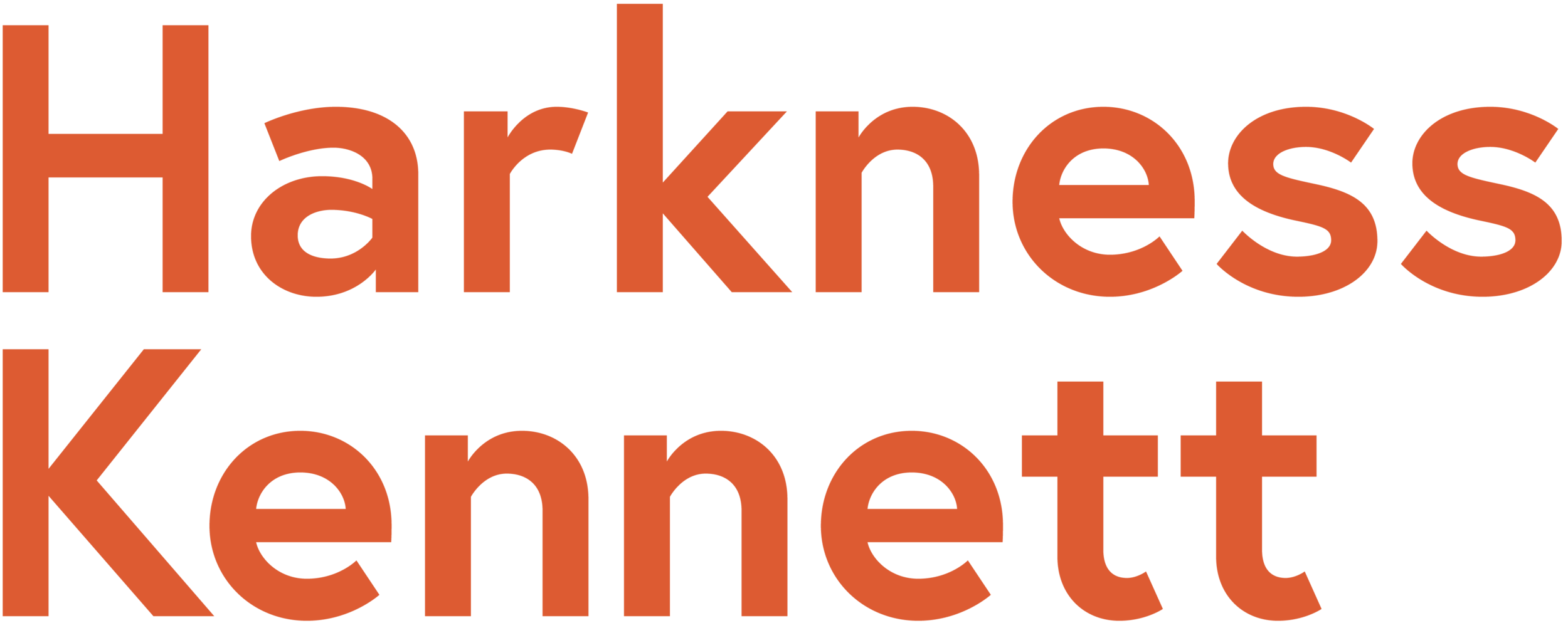Comms Theory in action: Blog 3 of 3 ORGANISATIONAL POWER
Informing your approach to internal communication: understanding power sources
I’ve been taking a bit of time recently to indulge in a bit of personal development – and it has really inspired me to take a fresh look at some of the work we do and how it stacks up against academic theory. Pretty well I’m delighted to say! So, I thought I’d share with you some nuggets from my studies, and hopefully they’ll inspire you too.
I’ve been taking a look at structure, culture and power sources within organisations and how this impacts internal communication. In this final blog of three I’ll be looking at organisational power. Whilst this isn’t meant to be an academic paper, you’ll find here a brief overview of some of the models, and the references are listed at the end if you want to go and find out more. Obviously – there are lots of models out there – and this is not an exhaustive review of them all!
Why do we need to know about this you may ask? Applying these models can enable you to understand how these characteristics within your own organisation facilitate current leadership communication behaviour, the consequences of this on line management, cross-functional communication and engagement with the values and strategy – to name but a few reasons!
Informing your approach to internal communication: understanding power sources
Back in 1968, French and Raven created a model of six types of power which are used by people (ie managers) to motivate others to do something for them. They are:
Reward (you believe the ‘source of power’ can reward you)
Coercive (you believe the ‘source of power’ can punish you/withhold rewards)
Legitimate (you believe the ‘source of power’ has been granted authority)
Expert (you believe the ‘source of power’ is knowledgeable and therefore it’s likely a good idea)
Referent (you identify with ‘the source of power’ and feel like you’re in it together)
Informational (access to) power (here ‘the source of power’ is withholding information to obtain power)
As part of this model they recognise that the type of power and its strength are to some extent determined by those being influenced (ie you can only exert expert power over someone who chooses to give the status of expert to you) . They also acknowledge that the use of power is not always intentional. Importantly, power, used correctly can increase the willingness of others to do something (ie work for them) and also decrease dependence on the ‘power source’.
More than one type of power can be in action within an organisation. When looking at your organisation it is good to consider a few key questions:
Where can I see examples of reward and coercive power? Is the coercive power damaging? How can I shine a light on it and improve it?
Is legitimate power being used well – to engender support and self-development and independence?
Who has expert power within the organisation? How is it being used? Can we build on it
Who has referent power? (Often this is line managers.) Are we supporting this, and capitalising on it? (It’s believed by many that referent power has the most potential as it is the easiest to maintain in the long term and provides positive reinforcement within an organisation.)
Are there instances of uses/misuses of informational power? Why is this happening? How can you help to free up information flow?
An alternate view of organisations as political systems gives rise to a new model of power sources. Morgan (1998) looks at organisational politics in terms of the relationship between the interested ‘parties’ (the organisation, the task being performed and also the individual ), coalitions, conflicts and power. He believes that conflicts of interest are concluded through power. Morgan identifies the following as the fourteen most important sources of power within an organisation:
Formal authority
Control of scarce resources
The use of organisational rules
Control of decision process
Control of knowledge and information
Control of boundaries (ie between departments)
Ability to cope with uncertainty
Control of technology
Interpersonal alliances/networks and control of the ‘informal organisation’
Control of counterorganisations
Symbolism and management of meaning
Gender and the management of gender relations (gender bias – and I think today we’d add other bias into this as well)
Structural factors (which may block power)
The power one already has (power is a route to power – ‘honeypot’ effect)
I’m sure we can all see elements of ‘political power’ in our own organisations. And whilst there is some crossover between the two perspectives, Morgan’s model of power is much more focused on the interaction of the individual with the environment around them, whereas French and Raven focus more on interpersonal interactions; so complementary approaches both worth considering.
Another pair of academics, Pfeffer and Salancik (who you may be forgiven for thinking of as a little cynical) assert that once in a position of power, leaders will act in a way to maintain that power. They observe that secrecy is one of the practices used to institutionalise control and maintain power, obscuring the decision-making process by limiting access to information.
So what has this got to do with communications? Everything. Not just in understanding how we might create influence (Referent power? Expert power?) but also in understanding where you need to release power/build power within your organisation to free the flow of information and communication of meaning. We can see that referent power is highly desirable, and also that this is more easily obtained by line managers.
Using this evidence we can make a case for greater support for line manager communication as key to driving business success, and reprioritise the work of IC teams to develop comms skills for line managers (and leaders at all levels), focussing on listening and inclusion, providing opportunities and support for interactivity. Or if silo working is endemic in your organisation, you may need to look at eroding informational power, freeing up the information flow.
Through our work with clients we often support comms teams in their desire to support effective line management communication:
RSA; developing leaders’ capability through a period of significant change
Kering; created a communications campaign to rollout the new group identity ‘The Kering Leadership Model’ which sets out what’s expected of people, whatever their role and wherever they work
Novartis Pharmaceuticals; engaging leaders in supporting strategy rollout through team interventions
Various clients: (including Gatwick Airport, Highways England, VirginMedia02 and World Animal Protection) channel audits supported by focus groups, interviews and quantitative research, often demonstrating the importance of effective line management communication
What ever challenges you’re facing, a quick analysis of structure, culture and power in your organisation can help highlight the way forward for IC. Sometimes just the simple act of acknowledging the environment in which you’re operating can help the penny drop in terms of how you can pull the relevant levers to create a communications approach that better enables the organisation.
If you’re embarking on some analysis on your comms approach we’d love to help you develop a bespoke programme that will enable you to unlock the secrets of your organisation. Do get in touch and we can chat about how we might be able to help.
References:
French J. and B. Raven, 1968. The Bases of Social Power. In: Cartwright D. and A. Zander. Group Dynamics: Research and Theory. 3rd ed. London: Tavistock Publications, pp.150-167
MORGAN, G., 1998. Images of Organization. 2nd ed. USA: Sage Publications
Published by Nicky































